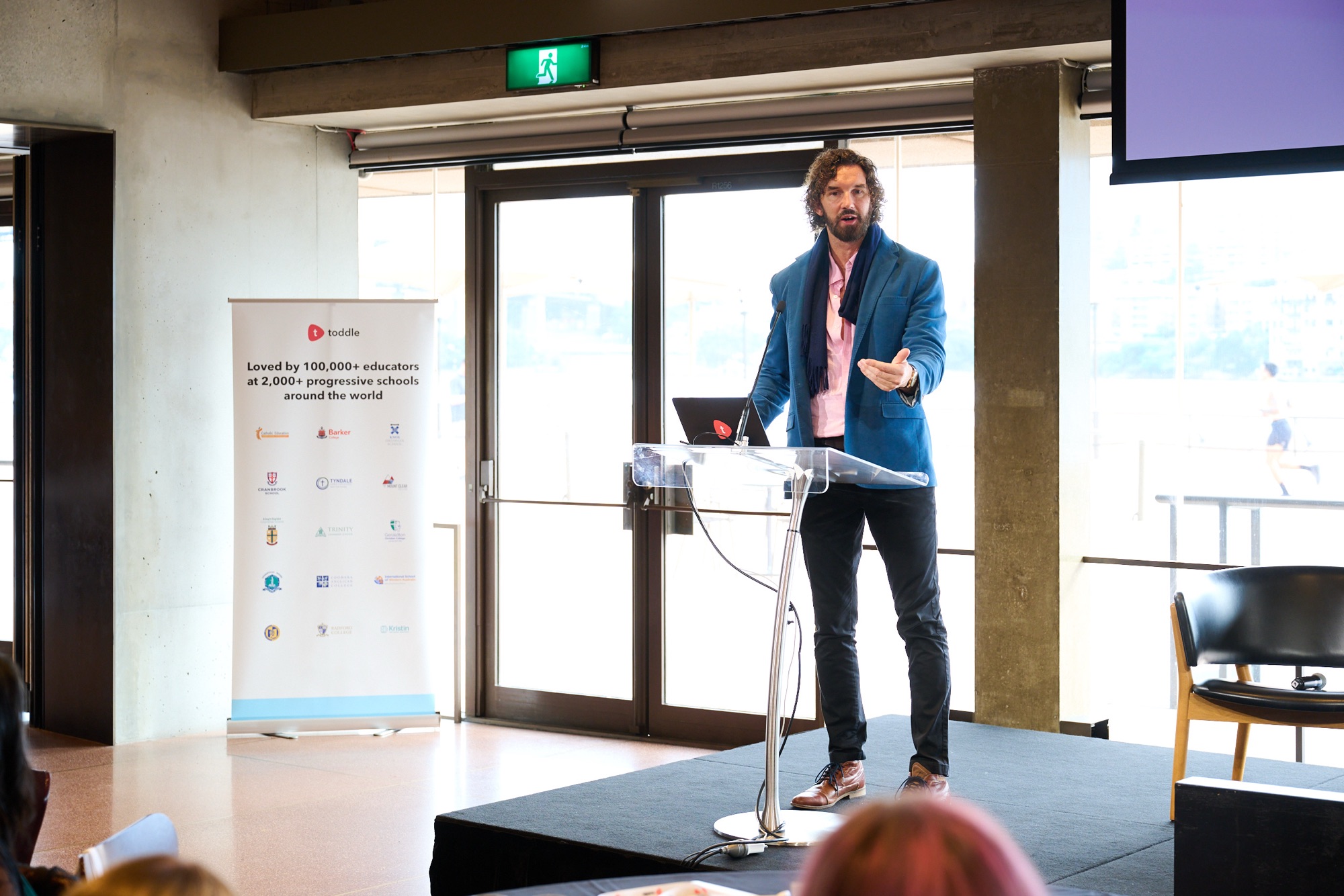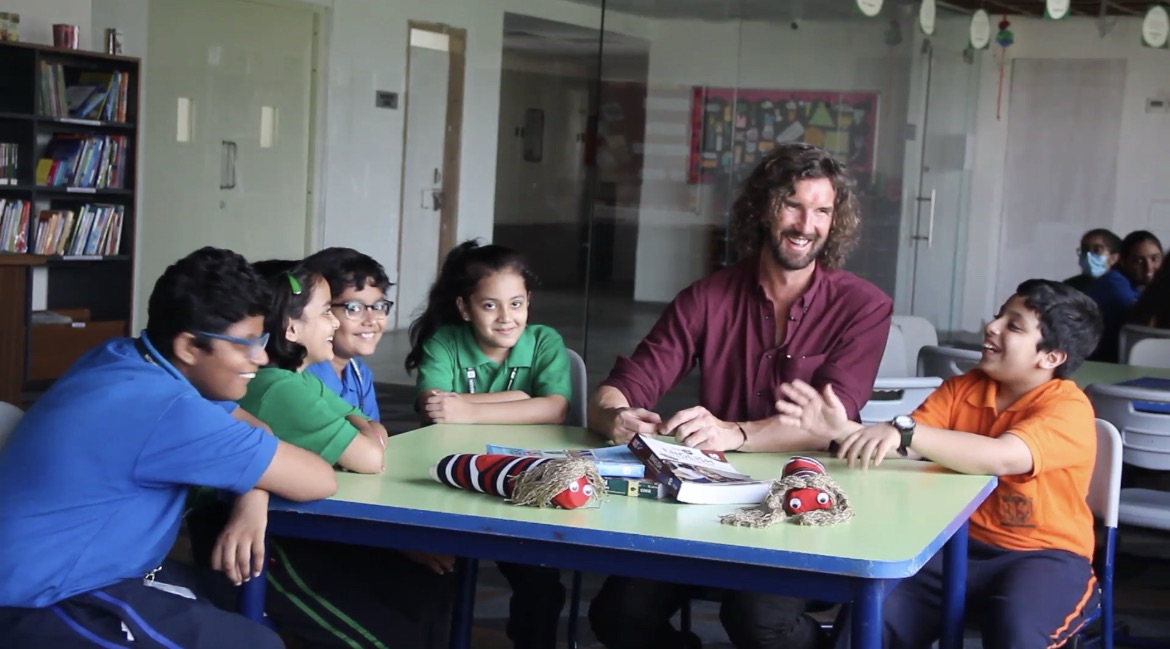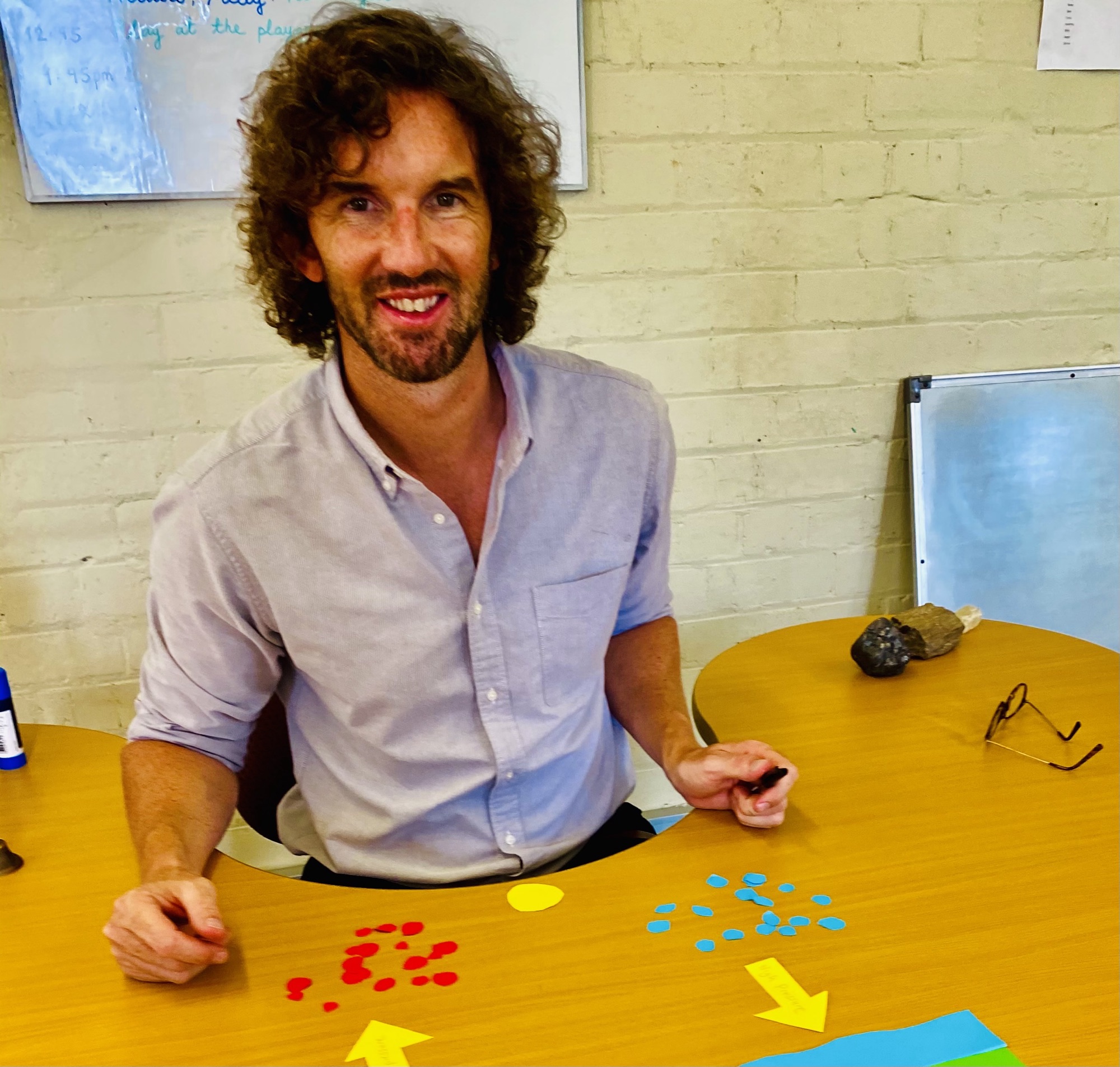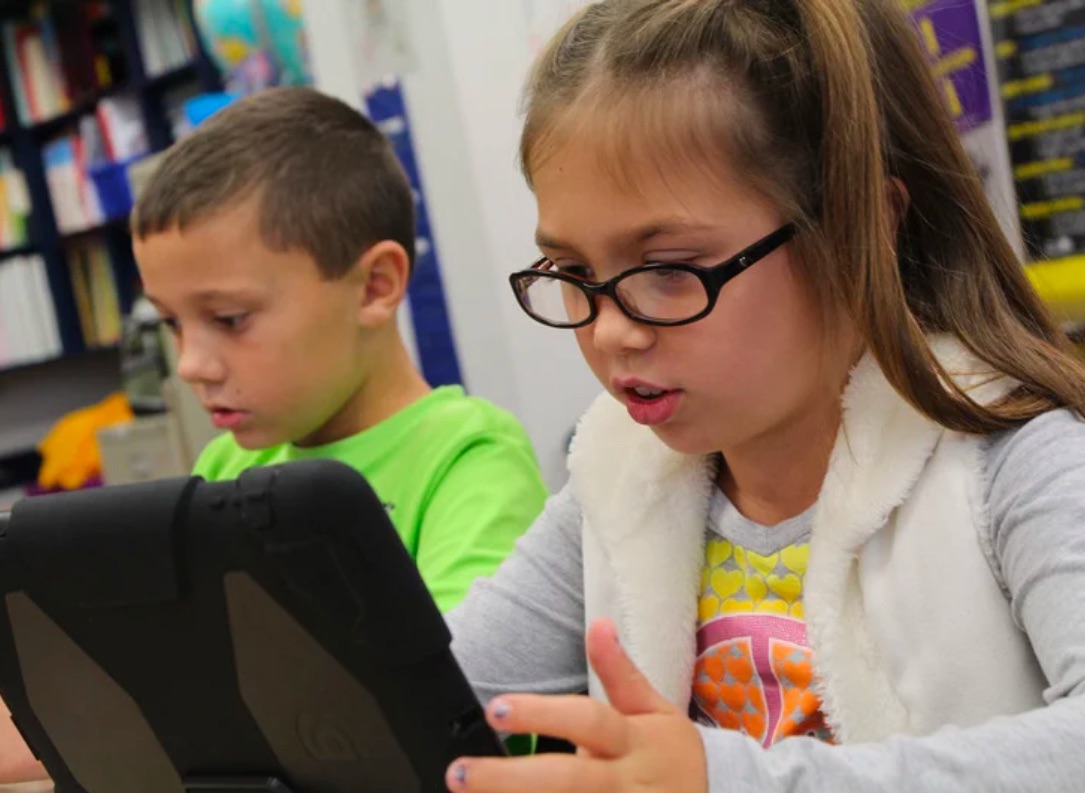The world of technology, while abundant with opportunities for learning and connection, also presents genuine challenges for parents and children. A Montessori approach, centered around respect, understanding, and prepared environments, offers a unique lens through which we can navigate these challenges.
1. The YouTube Conundrum
Watching YouTube has become a favorite pastime for many children. However, it’s easy for them to be drawn into an endless loop of videos. For instance, Sara becomes visibly upset when her viewing is interrupted. To mitigate this, parents can set clear boundaries. Decide beforehand on a specific number of videos or a set viewing time. Utilizing a visual timer can help children like Sara anticipate when it’s time to stop. Additionally, discussing the content afterward can transform passive watching into an engaging learning experience.

2. The Tantrum Over Tech
Max’s response to having the iPad taken away is a familiar scene in many households. To navigate such challenges, parents can incorporate transition rituals. A five-minute warning, for instance, can prepare Max mentally for the change. Following up screen time with a calming activity, such as reading a story or drawing, can further ease this transition.
3. Over-reliance on Screens
When given a choice, Lily often gravitates toward her tablet, missing out on other enriching experiences. Parents can counteract this by designating tech-free times during the day. This can be an opportunity for Lily to delve into tactile Montessori activities, fostering creativity and sensory exploration.
4. Gaming Overload
The world of gaming can be captivating. Tom’s frustration with a particular game level can escalate into a meltdown. Encouraging regular breaks and promoting discussions about problem-solving and patience can help. It’s crucial for Tom to understand that it’s okay to step back, reassess, and try again.
5. Social Media Stress
As children grow, the challenges evolve. Clara, a teenager, battles feelings of exclusion when she sees her friends’ posts on social media. Parents can initiate open conversations about the selective nature of social media and how it doesn’t always reflect reality. Encouraging Clara to engage in real-life social interactions can also boost her self-esteem and understanding of genuine connections.
6. Passive Consumption vs. Active Learning
Jack’s hours spent on unboxing videos highlight the passive consumption trap. To pivot this behavior, parents can introduce creative and educational platforms. Encouraging Jack to create content, perhaps making his own videos or animations, can transform him from a passive viewer to an active learner.
7. Inappropriate Content Encounters
The vastness of the internet means children like Mia might sometimes stumble upon unsuitable content. This calls for proactive measures. Parents can educate their children about online safety, activate child-safe browsing modes, and most importantly, maintain an open line of communication, ensuring that children feel safe discussing their online experiences.
8. Digital Sleep Disruptions
Using devices before bedtime can impact the quality of sleep. Owen’s restlessness post-screen time is a testament to this. Implementing a tech-free wind-down routine, perhaps with calming music or a bedtime story, can make a significant difference in sleep quality.
9. Tech Replacing Human Interaction
The allure of online chats sometimes means that face-to-face interactions take a backseat. At times, Nina might prefer online chats over family dinner conversations. Designating tech-free zones or periods, especially during meals, can emphasize the importance of direct human connections and the skills they foster.
10. Overstimulation and Burnout
Extended periods on digital devices can lead to fatigue. Lucas’s irritability post his computer marathon sessions is indicative of this. Promoting tech breaks, with activities like outdoor play or relaxation techniques, can rejuvenate the mind, offering a much-needed reset.
By understanding and anticipating the challenges of technology, and by employing a Montessori-centered approach, parents can ensure a balanced and beneficial digital experience for their children.








